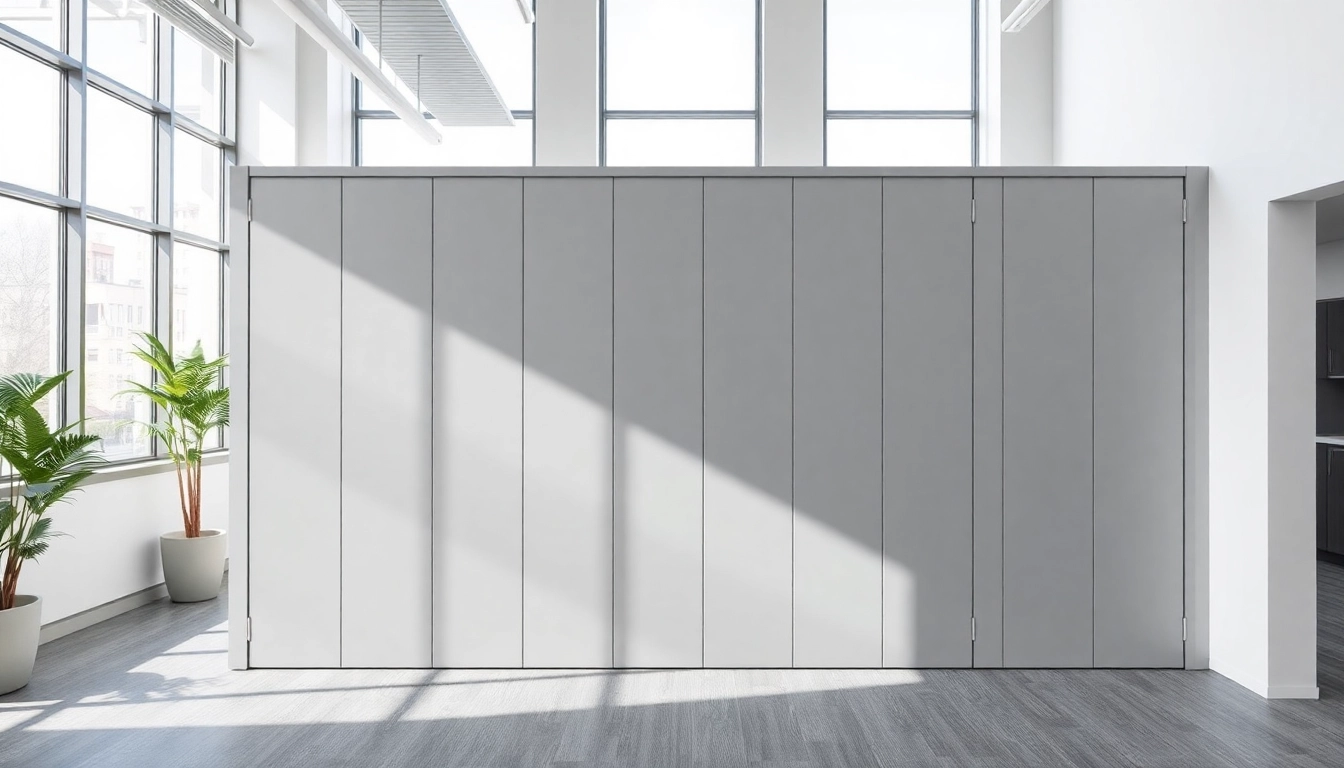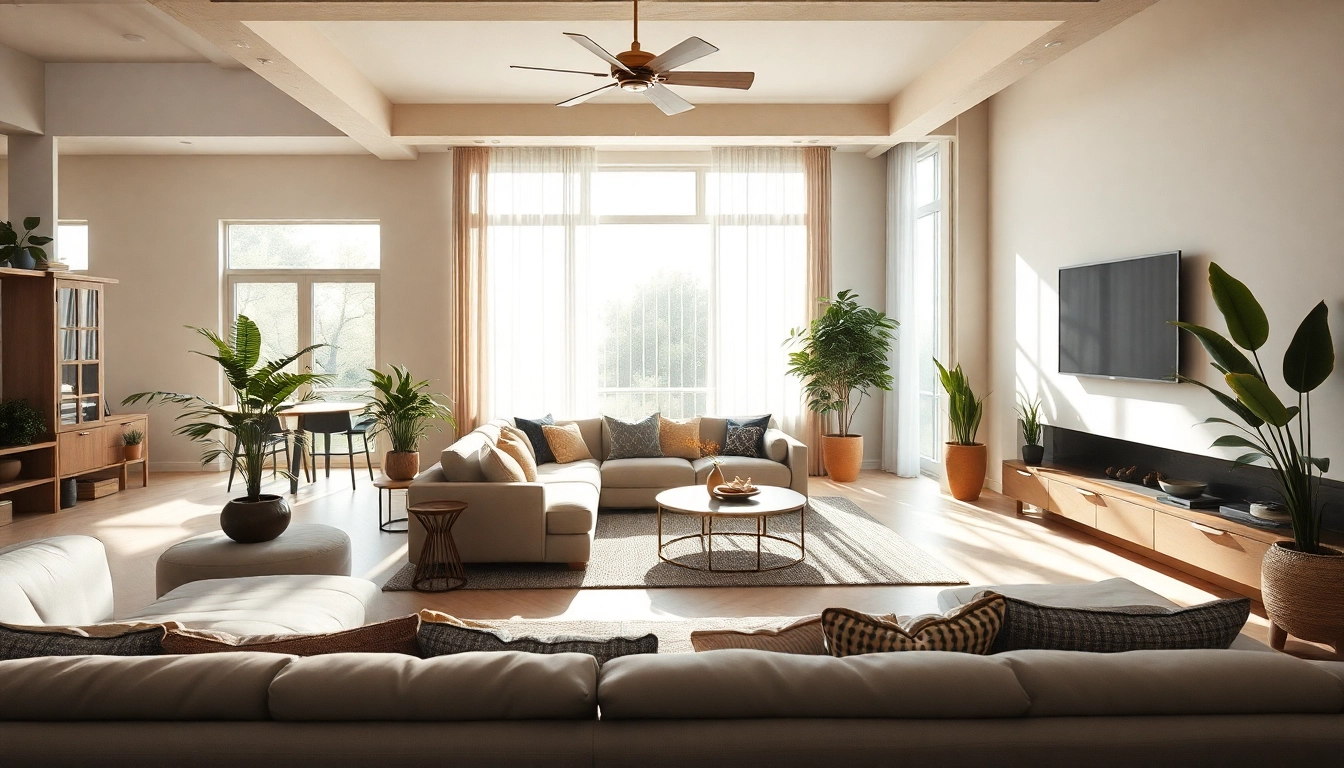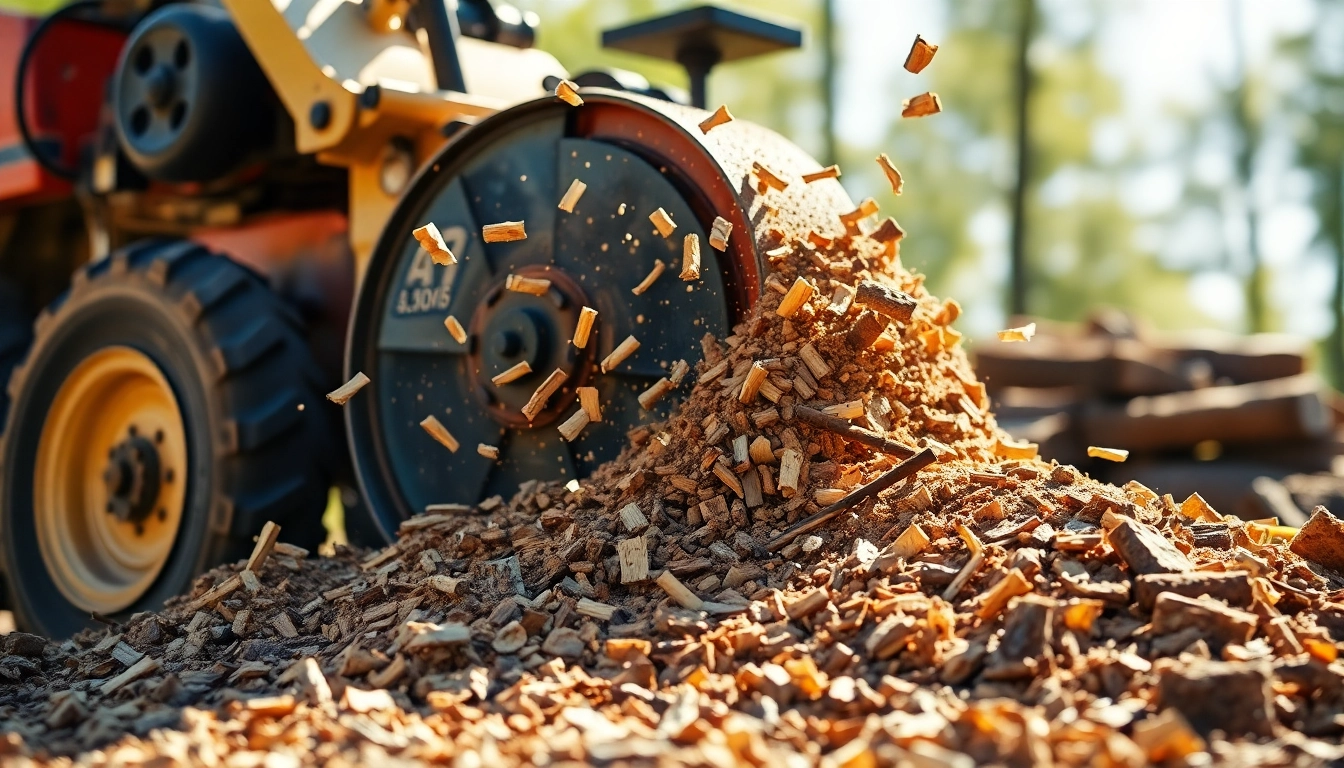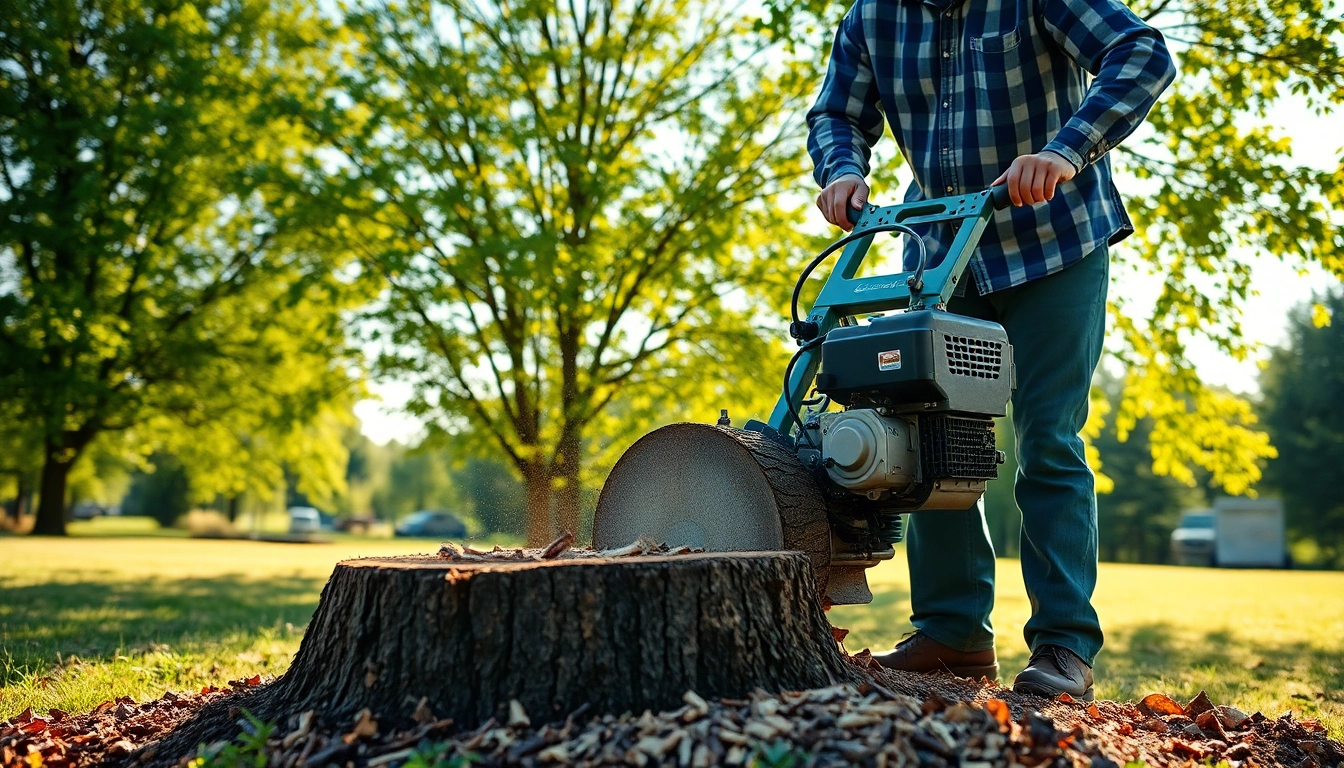Understanding Folding Partition Walls
Folding partition walls are innovative solutions designed to provide versatility in the management of space. These movable walls can easily divide larger spaces into smaller, more defined areas, allowing for customizable environments that meet the changing needs of users. Their adaptability makes them ideal for various applications, from residential homes to commercial spaces. In this article, we will delve deeper into the many aspects of folding partition walls, exploring their benefits, types, applications, and future trends.
For detailed insights into choosing the right Folding Partition Wall solutions for your needs, continue reading.
What Are Folding Partition Walls?
Folding partition walls are wall systems that can be folded away or opened to create flexible space configurations. They are designed to be operational without permanent structural modifications, providing versatility in how spaces are utilized. The most common types include accordion-style partitions, operable walls, and sliding partitions.
These walls can be constructed using various materials, including wood, metal, glass, and fabric, often designed to complement the existing decor of a space. Their primary function is to segment areas temporarily, allowing for multifunctionality within a given area—transforming a restaurant from a single large space into multiple areas for private events, for example.
Benefits of Using Folding Partition Walls
The advantages of incorporating folding partition walls into any space are numerous. Here are some of the key benefits:
- Space Optimization: These walls allow for efficient use of space, transforming larger areas into more usable segments without the need for permanent structural changes.
- Flexibility: They provide the ability to adapt the layout of a space quickly, accommodating different needs for various activities, such as meetings, events, or family gatherings.
- Cost-Effective: Compared to traditional construction, folding partitions are often more affordable, requiring less time and labor for installation.
- Acoustic Control: Many folding partition walls are designed to enhance acoustics, reducing noise levels between different spaces, which is particularly valuable in conference and education environments.
- Enhanced Aesthetics: Modern designs of folding partitions can complement the aesthetic of any space, adding a touch of elegance while serving functional purposes.
Types of Folding Partition Walls Available
Folding partition walls come in several types, each designed to fulfill specific needs:
- Accordion Partitions: These are collapsible walls that fold back into a designated space, allowing for maximum opening of an area.
- Operable Walls: These offer greater durability and customization options, with many functioning both as partition walls and acoustic barriers.
- Sliding Walls: Ideal for spaces with limited width, these walls slide along a track, requiring less space than folding systems.
- Glass Partitions: For an open and airy feel, glass folding partitions allow for light to flow while maintaining separation, ideal for offices and modern homes.
Applications of Folding Partition Walls
The adaptable nature of folding partition walls makes them suitable for a myriad of applications. Here are some prominent uses in different sectors:
Residential Use: Creating Flexible Spaces
In residential settings, folding partition walls allow families to adapt their living environments based on current needs. They can create cozy reading nooks or larger gathering spaces as required. Whether it’s separating a home office from a living room or segmenting children’s play areas, these walls offer solutions without the permanence of fixed walls.
Commercial Use: Efficient Space Management
Businesses benefit significantly from folding partitions. In offices, they can create meeting rooms that can be expanded or reduced based on occupancy. Restaurants frequently employ partition systems to offer private dining experiences when needed. The ability to modify space dynamically enhances customer experiences and operational efficiency.
Event Spaces: Modular Solutions
Event venues often use folding partition walls to create multi-functional spaces. This flexibility allows them to host a variety of events, from weddings to conferences, by easily adjusting the space layout. Additionally, the partitions can serve as sound barriers, ensuring a controlled environment for each event type.
Factors to Consider When Choosing a Folding Partition Wall
Material Options for Durability
The material choice for folding partition walls directly affects their durability, aesthetic appeal, and functional performance. Common materials include:
- Wood: Offers warmth and aesthetic versatility but requires proper finishing to withstand wear.
- Metal: Known for durability and strength, often used in commercial applications.
- Glass: Provides a modern and transparent aesthetic but necessitates careful handling and support structures.
- Fabric: Often employed for lightweight and mobile solutions, ideal for temporary setups.
Acoustic Properties for Privacy
Depending on the intended use, consider the acoustic performance of the folding partition walls. Heavy-duty materials often provide better sound insulation, making them suitable for office environments or educational institutions where noise management is crucial. Tests such as Sound Transmission Class (STC) ratings can help determine the efficacy of soundproofing in walls.
Design and Aesthetic Considerations
The design of folding partition walls should align with the space’s overall aesthetics. Custom finishes and colors can be ordered to complement existing decor. Further, the wall style can affect lighting and ambiance, so thoughtful integration is essential to create a harmonious environment.
Installation and Maintenance of Folding Partition Walls
Professional Installation vs. DIY
Deciding between professional installation and a DIY approach depends on the complexity of the folding partition chosen. While some simpler partition systems may be installed without professional help, more intricate designs—especially those involving glass or acoustic features—are better suited for professional installation to ensure safety and effectiveness.
Maintenance Tips for Longevity
To maintain the longevity of folding partition walls, regular cleaning is essential. Dust and debris can accumulate in sliding tracks and joints, hindering functionality. Periodically check for signs of wear in the hardware and frames, and ensure that materials are treated correctly—particularly wood, which may need sealing to prevent moisture absorption.
Common Issues and Solutions
Despite their benefits, folding partition walls can present challenges. Common issues include:
- Misalignment: Regularly check that the walls align properly when opening and closing. If misalignment occurs, adjustments may need to be made during installation.
- Noise Leakage: Subpar sound insulation may require additional acoustic treatments to improve privacy.
- Wear and Tear: Replace any worn components promptly to ensure optimal functioning and appearance.
Future Trends in Folding Partition Walls
As the design and architecture fields evolve, so too do the technologies and designs surrounding folding partition walls. Here are some anticipated trends shaping their future:
Innovations in Design and Functionality
Innovative products that incorporate smart technology for automated operation are emerging. For instance, wall systems with integrated sensors can adjust levels based on user-defined preferences, enhancing comfort and usage efficiency.
Sustainable Materials and Practices
As environmental consciousness grows, so will the demand for sustainable materials in folding partition construction. Options made from recycled materials or sustainably sourced components will become increasingly mainstream, aligning with broader sustainability goals in construction.
Impact of Remote Work on Partition Solutions
The rise of remote and hybrid work models has influenced the design of office spaces. Folding partitions will likely play a crucial role in creating flexible work environments that can be reconfigured based on the number of employees in the office at any time, helping to maintain social distancing and privacy.



